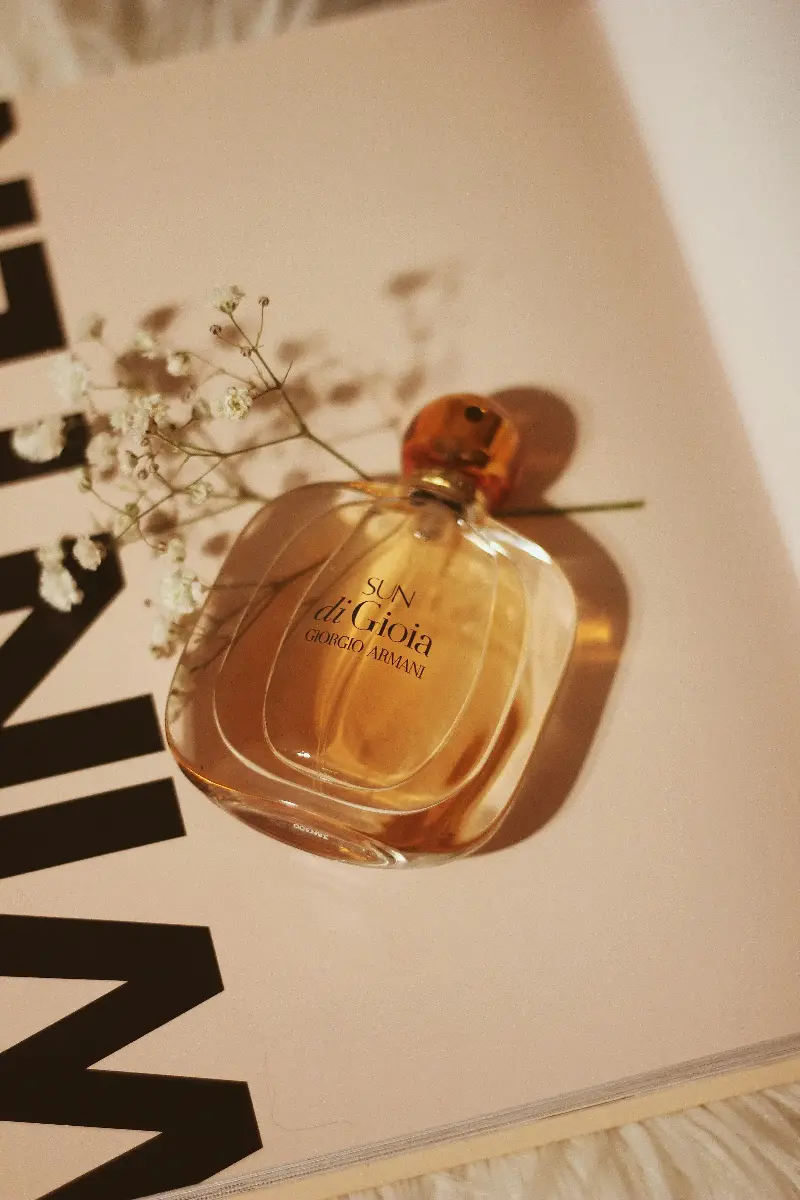
Perfume wields a fascinating power over our senses—utterly invisible, yet unforgettable. From ancient incense trails to the chic glass bottles adorning modern vanities, the world of fragrance is steeped in both science and storytelling. Every note, every spritz is a whispered invitation to experience emotion through scent. But have you ever wondered how these magical concoctions are classified? Venture into the aromatic corridors of perfumery and discover the science and art behind every fragrance family.
The Olfactory Spectrum: More Than Just Good Smells
Perfumers speak in a secret language—citrus, floral, oriental, woody, and more. These descriptors map out what’s known as the fragrance wheel, a vibrant chart designed by expert Michael Edwards to visually explain scent relations. Imagine this wheel as a colourful compass guiding you through fragrant territories:
- Floral: Think of fresh bouquets, soft petals, and spring gardens; this family is the largest and most beloved.
- Citrus: Sparkling, zesty notes reminiscent of lemon groves and orange blossoms.
- Woody: Rich cedar, creamy sandalwood, and earthy vetiver ground the scent, echoing deep forests.
- Oriental: Warm, spicy, and luxurious, drawing inspiration from the exotic east.
- Fresh: Green leaves, marine breezes, and herbal sharpness that energise and refresh.
Within these borders, perfumers craft unique blends—the endless interplay of notes that make each perfume a living story.

The Science Beneath the Scent
What fuels this aromatic artistry? It’s all chemistry at work. Perfume is a careful curation of essential oils, aroma compounds, and fixatives suspended in alcohol. The real alchemy happens in the breakdown of perfume into “notes”:
- Top notes burst forth in the first few minutes, creating your instant impression—think grapefruit, mint, or bergamot.
- Heart (or middle) notes follow, revealing the core personality—often florals like rose or jasmine, or spices like cinnamon.
- Base notes linger the longest, providing depth and endurance with woods, musk, or vanilla.
This delicate architecture ensures every encounter with a fragrance tells a story, unfolding layer by layer—a dance between volatility and memory.
Fragrance Families Decoded
Curious how to navigate this dizzying array? Here’s a closer look at what distinguishes the core fragrance families:
- Floral: Feminine, classic, soft—mainly built on rose, lily, or gardenia.
- Amber (Oriental): Exotic, sensual, often a mix of spice, resin, and vanilla.
- Woody: Masculine and grounding; notes of sandalwood, patchouli, and vetiver.
- Fresh: Vibrant and lively, often based on citrus, marine, or green elements.
- Fougère: Meaning “fern-like” in French; blends lavender, oakmoss, and coumarin for traditional barbershop elegance.
- Chypre: Named for the Mediterranean island of Cyprus; combines bergamot, oakmoss, and patchouli for a refined, grown-up character.
Fragrance families help perfume lovers and novices alike find their olfactory soulmate.
The Influence of Culture and Chemistry
What fascinates scientists and perfumers alike is how the human brain perceives scent. Your unique body chemistry, memories, and even local climate can alter how a perfume unfolds. Western and Eastern cultures traditionally favour different scent profiles—lush florals in France, deep spices in the Middle East, or cooling citruses in hotter climates. This global patchwork makes perfumery a truly international art—one bottle can hold the essence of a rainforest, a Parisian garden, or a bustling souk.
Infinite Stories in Every Bottle
The next time you lift a perfume bottle, remember—you’re engaging in a multisensory journey across continents and centuries. The world of fragrance has a place for every personality and every mood. There is science, yes, but there is also poetry: a world where memory and chemistry embrace, quietly changing how we feel and how we are remembered. What stories might your favourite fragrance family whisper to you? The answer might just be a spritz away.
